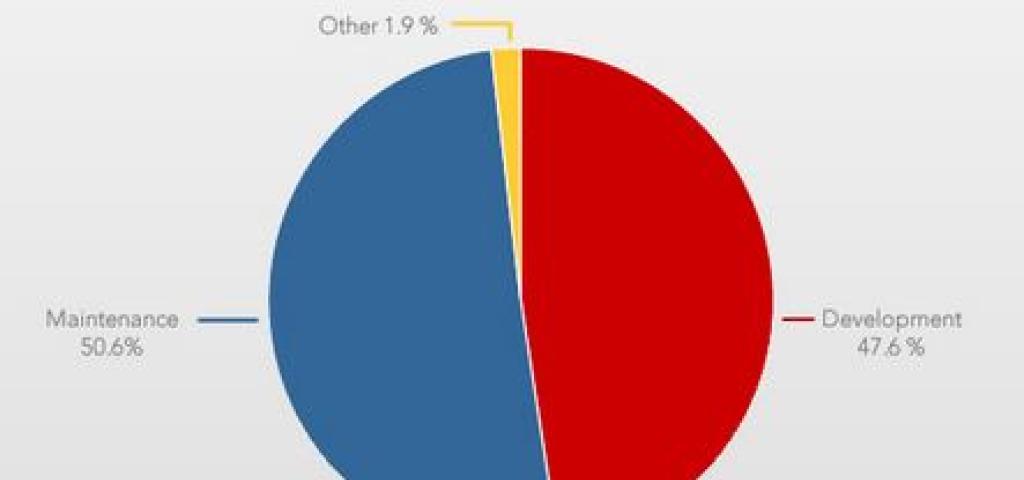
Deciding if Open Source is Good for Your Business

Switching to Open Source – it’s what economists identify as a dynamic choice. Unlike its old-fashioned sisters, the static choices, dynamic choices made today can affect the opportunities you have tomorrow and pave the way for additional choices. In other words, today’s choice needs to be informed by the value of tomorrow opportunities or lack thereof. Choosing to adopt Open Source is somewhat like a puzzle with no right answers, spreading over hundreds of possible strategies and preferred outcomes.
One way of determining a decision is relying on a well-established, reputable model from our economist colleagues: the SOSTSWOOSH approach. That is “Statically- Optimized- Strategically- and- Then- Just- Do- It” approach. It basically means you asses the probability of different prospects, and the distribution is the outcome of the strategy. The decision maker chooses at the outset whichever strategy provides the best outcome, where “best” is determined by a consistent preference, and then proceeds to implement – the “SWOOSH!” part.
So, you’ve heard of open source, and you think the technological breakthroughs it can incubate are good for your products. You want to analyze different outcomes, and also carve out some flexibility at the same time. What if you get caught in proprietary code? That will affect your choices in the future. What if you do it yourself, using your own engineering team? That will affect your future costs. How hard will it be to migrate from your old distribution? Open Source moves quickly and you will need to keep up the maintenance.
We’ve put together some tools to help you decide:
Open Source may seem vast and scary, but Wind River can definitely help, without locking you under proprietary code. Dozens of Wind River engineers contribute their code to different Open Source communities, and even help maintain critical pieces of Open Source technology. The result – you won’t get trapped, nor will you fall behind the Open Source train.
So you have the technology, and want to maintain the flexibility, but how about doing it yourself? What are the many elements and risks to consider? One way of taking them all into consideration is to step through our Total-Cost-of-Ownership calculator. At the end of it, you can keep the report and discuss your scenario with colleagues and managers.
Packaging is also important. You’ve worked with binaries before, but you’re considering switching to source. Take a look under the hood of Wind River Linux. We have published a snapshot of our development tree onto a public git repository. You can download the build system, cross toolchain, and all layers and packages needed to build a small Wind River Linux filesystem to run on Intel and ARM targets. Follow the simple 2 steps from your Linux Host machine and you’ll be building in less than 5 minutes.
Feel like you’re ready to investigate some next steps? We hope you’re closer to your SWOOSH.

